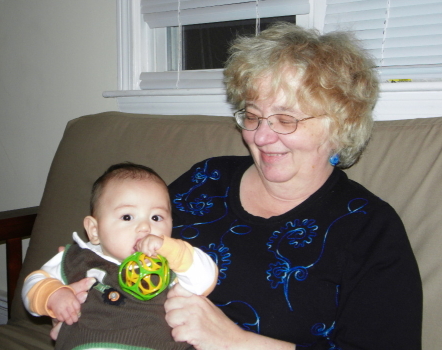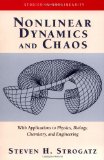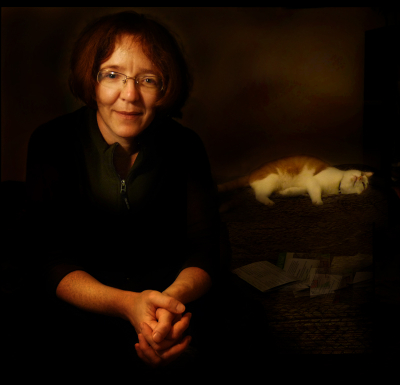Darth Vader and Social Networks
Darth Maul killed Qui-Gon Jinn. Obi-Wan Kenobi killed Darth Maul. Palpatine killed Mace Windu. Darth Vader killed Obi-Wan Kenobi and Palpatine. I am mentally drawing the kill graph of Star Wars, where people are vertices and kills are edges. The graph is not very interesting. In movies where no one gets resurrected, the kill graph is a forest.
I’m interested in studying social networks in the movies and how they differ from social networks in real life. As we saw, the kill graph is not very exciting mathematically.
Now let’s try the acquaintance graph, where edges mark two people who know each other. Unfortunately, in the movies there are often many nameless people and we learn very little about their acquaintances. On the other hand, all the “nameful” people usually know each other, thus their acquaintance graph is a complete graph. The richest acquaintance graphs would be for epic movies like Star Wars, in which the events span two generations and many planets. As a result, there are characters who never meet each other. For example, Leia, Luke and Han from the original trilogy never meet people who died in the prequel, such as Anakin’s mother and Count Dooku.
But I think that the most intriguing type of filmic social network is the fight graph, where edges represent characters who fight each other. Usually such graphs are bipartite, reflecting the division between bad guys and good guys. When an epic film is more complex and has traitors, the fight graph is no longer bipartite. Consider Darth Vader who fought and killed a lot of good guys including Obi-Wan Kenobi as well as many bad guys including Count Dooku and the Emperor.
I would like to immortalize Darth Vader in mathematics. He did restore the balance to the Force. If there is a graph which is not bipartite and can become bipartite by removing one highly connected node, I would like to name such a node Darth Vader.
Share: Many people ask me when is a good time to teach kids math. In my experience, it can never be too early. You just need to keep some order. Multiplication should be taught after addition, and negative numbers after subtraction. Kids should remember multiplication by heart at the age of seven. They can understand negative numbers as early as four.
Many people ask me when is a good time to teach kids math. In my experience, it can never be too early. You just need to keep some order. Multiplication should be taught after addition, and negative numbers after subtraction. Kids should remember multiplication by heart at the age of seven. They can understand negative numbers as early as four.
 My friend
My friend  I love the TV series of
I love the TV series of